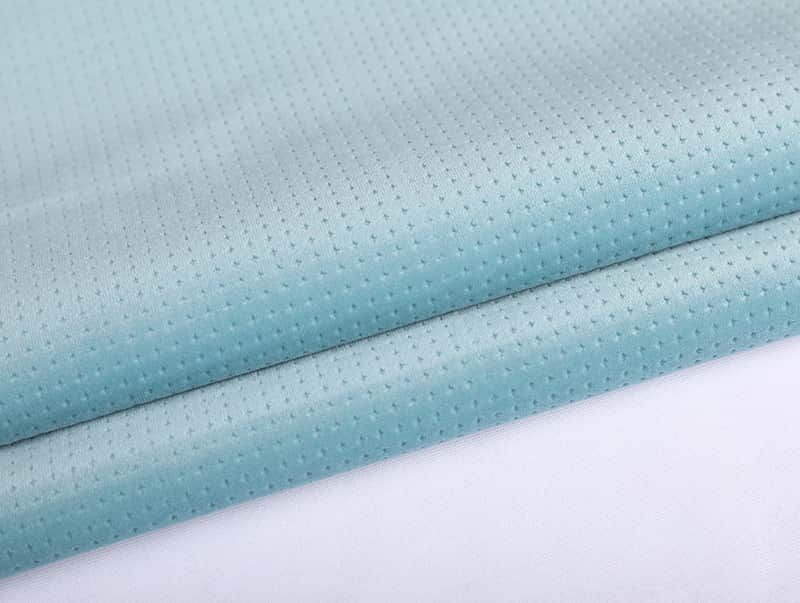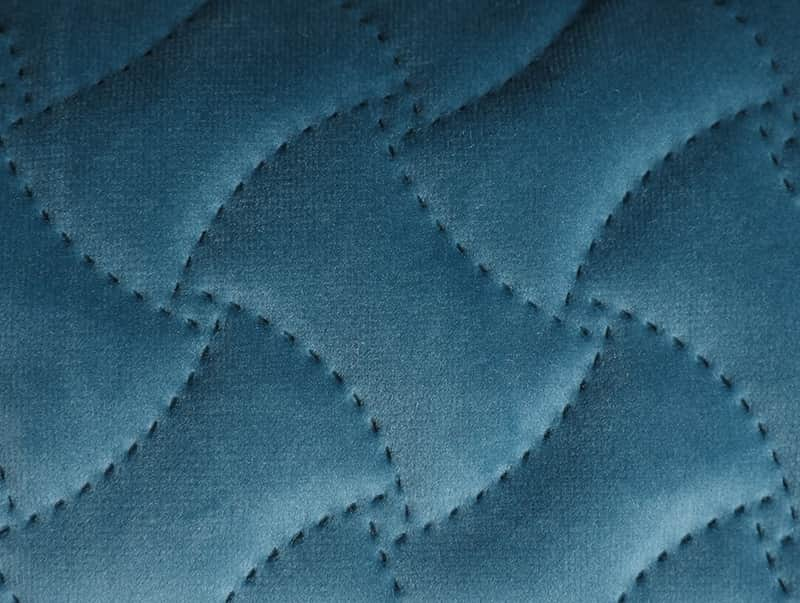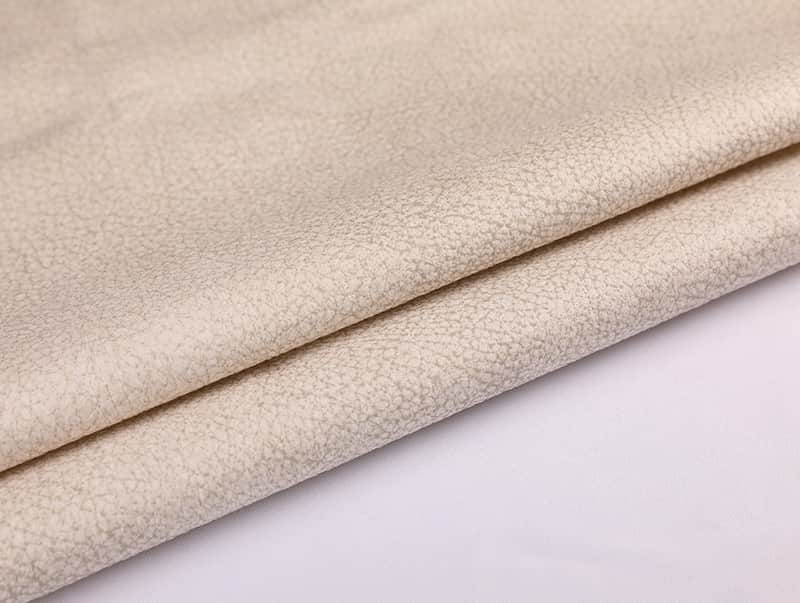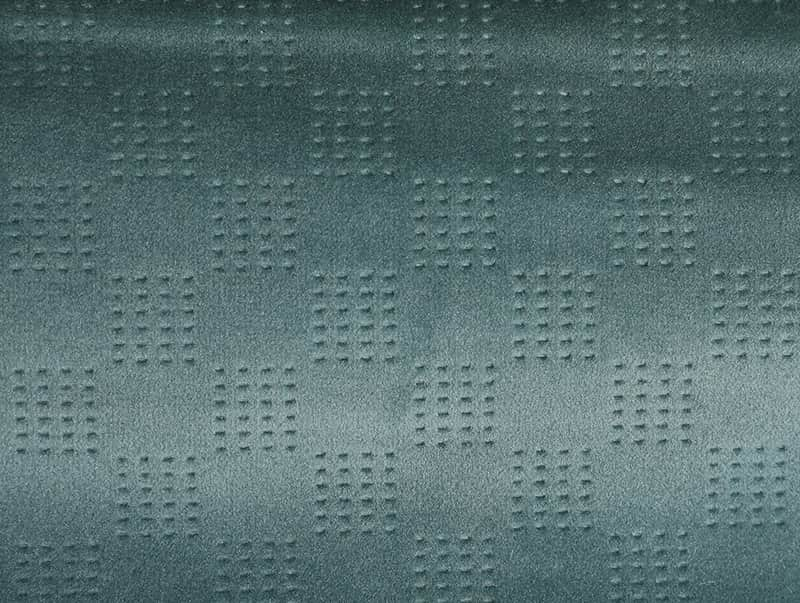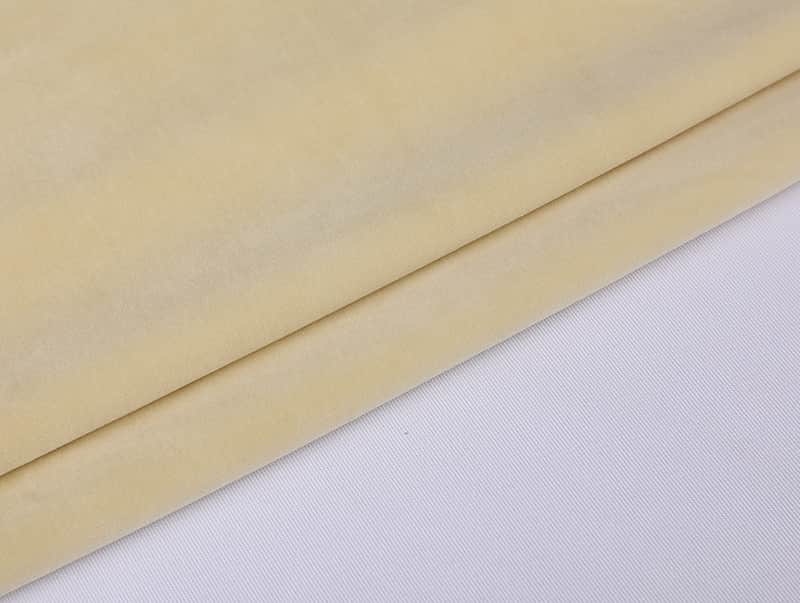Colorfastness is a critical property of sofa velvet upholstery fabric, determining how well the color resists fading or running when exposed to various conditions like washing, light, and abrasion. The variation in colorfastness among different dyeing methods can be attributed to several factors, including the type of dye used, the fabric's fiber composition, and the dyeing process itself.
Dye Types
Reactive Dyes: These dyes chemically bond with the fabric fibers, leading to vibrant colors with good wash fastness. However, their colorfastness can be affected by water temperature and pH levels during washing.
Disperse Dyes: Commonly used for synthetic fibers like polyester, disperse dyes provide excellent lightfastness and wash fastness. This makes them ideal for upholstery that will be exposed to sunlight and frequent cleaning.
Acid Dyes: Primarily used on protein fibers like silk and wool, acid dyes can yield rich colors but may have variable wash fastness depending on the fabric treatment and dye concentration.
Pigment Dyes: While pigments are not absorbed by the fibers, they adhere to the fabric surface. This method can offer a wide range of colors, but the colorfastness may not be as high as with reactive or disperse dyes, especially under heavy abrasion.
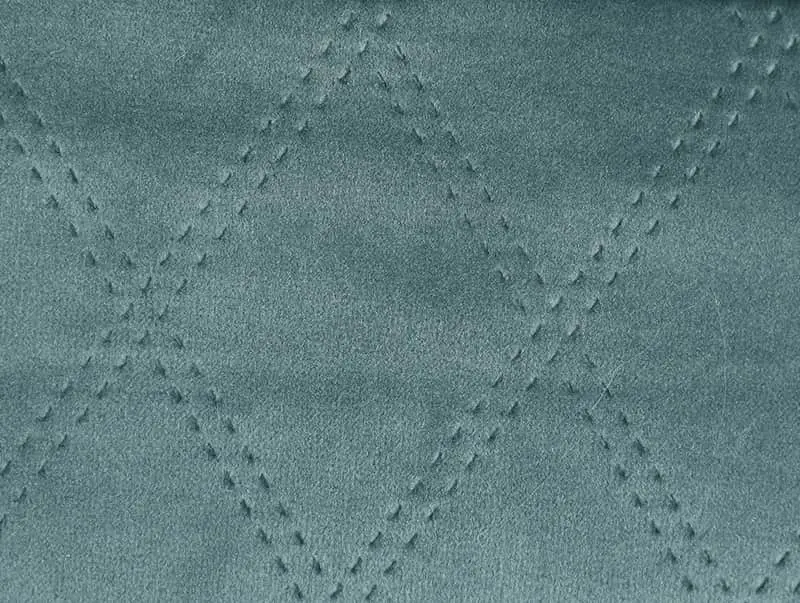
Dyeing Processes
Piece Dyeing: In this process, the fabric is dyed after weaving. The color can penetrate the fibers well, leading to good colorfastness, especially with high-quality dyes. However, it may be more prone to fading if not treated properly.
Solution Dyeing: Involves adding dye to the polymer solution before the fibers are extruded. This method provides excellent colorfastness because the color is integrated throughout the fiber, making it highly resistant to fading and abrasion.
Yarn Dyeing: Yarn is dyed before weaving, resulting in a more uniform color throughout the fabric. Depending on the dye used, this method can enhance colorfastness, but it may not match the durability of solution-dyed fibers.
Fiber Composition
Natural Fibers (e.g., Cotton, Silk): Velvet made from natural fibers may have varied colorfastness due to the inherent characteristics of the fibers and the dyes used. For instance, silk velvet dyed with reactive dyes might have excellent color depth but could be less resistant to fading compared to synthetic options.
Synthetic Fibers (e.g., Polyester, Nylon): Velvet made from synthetic fibers generally exhibits better colorfastness, particularly when dyed with disperse dyes. These fabrics often withstand washing, light exposure, and abrasion better than their natural counterparts.
Post-Dye Treatments
Heat Setting: After dyeing, some fabrics undergo heat setting to lock in the color. This can enhance the fabric's wash and light fastness, especially for synthetic velvets.
Finishing Agents: The application of finishing agents, such as protective coatings, can improve the overall durability and colorfastness of the fabric. These treatments can repel water and dirt, further protecting the color.
Light Exposure: Fabrics dyed with certain dyes may be more susceptible to fading when exposed to sunlight. For example, some reactive dyes might fade faster than disperse dyes when subjected to UV light.
Washing Conditions: The temperature, detergent type, and washing frequency can significantly impact colorfastness. High temperatures and harsh detergents can lead to faster fading, especially in fabrics dyed with less stable dyes.
